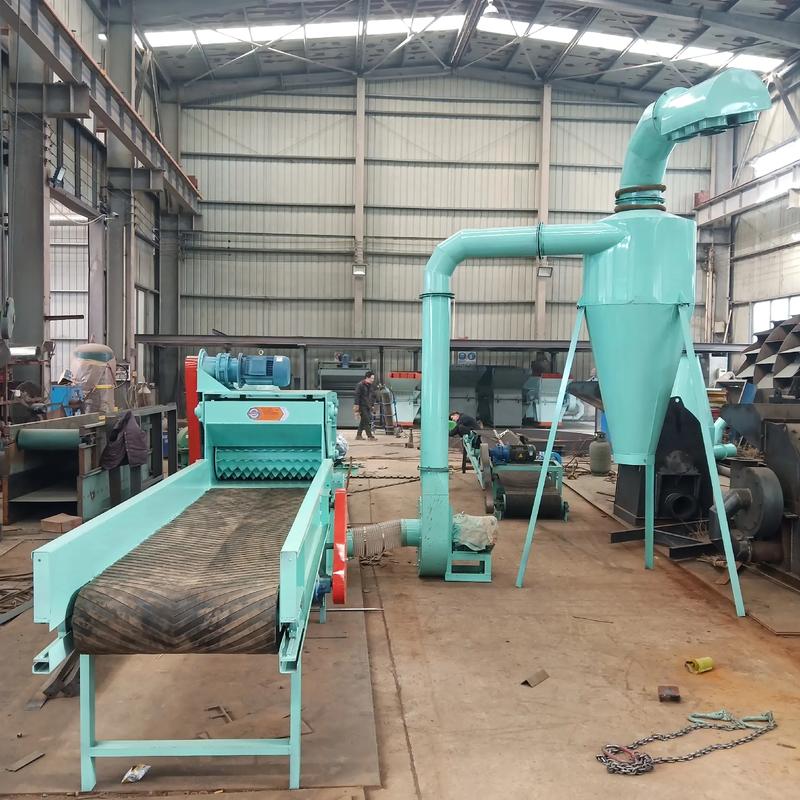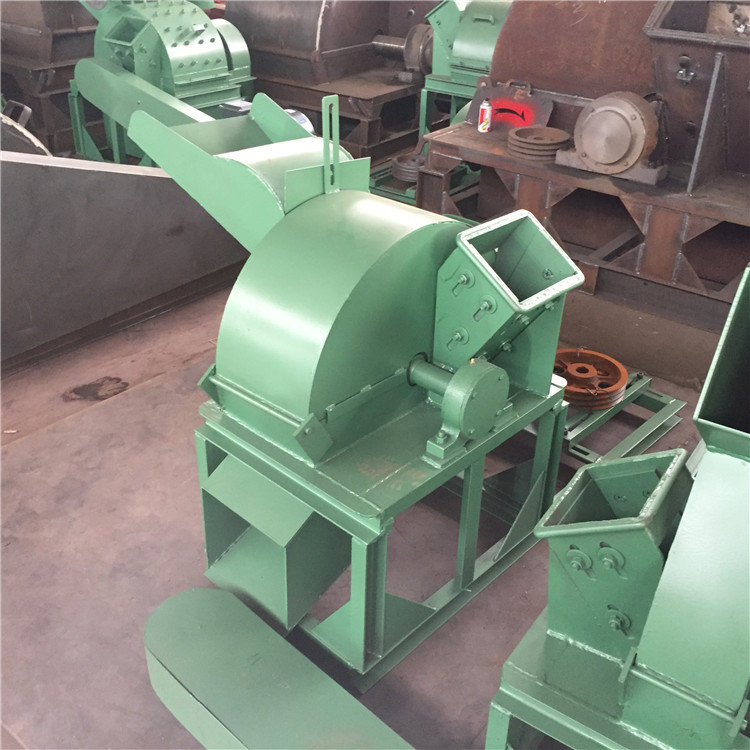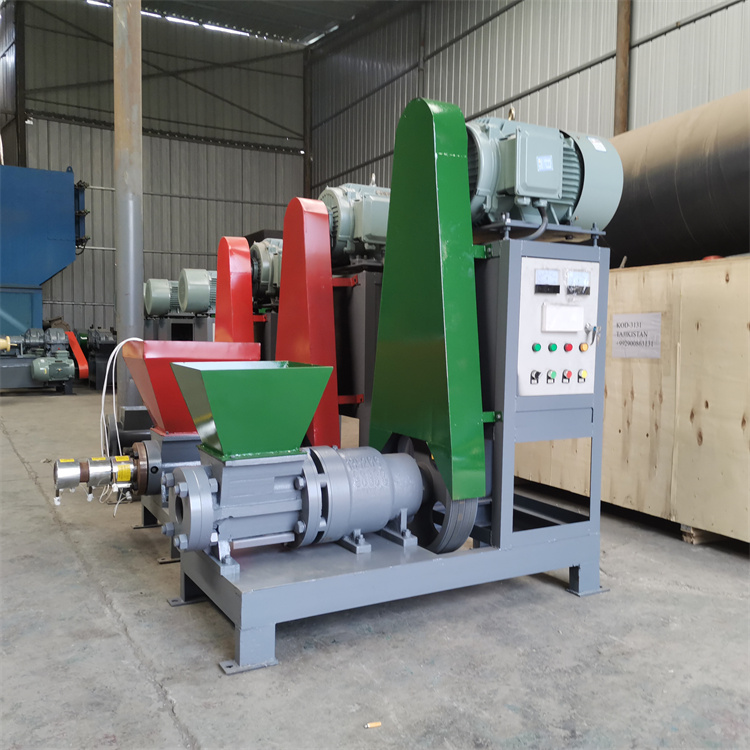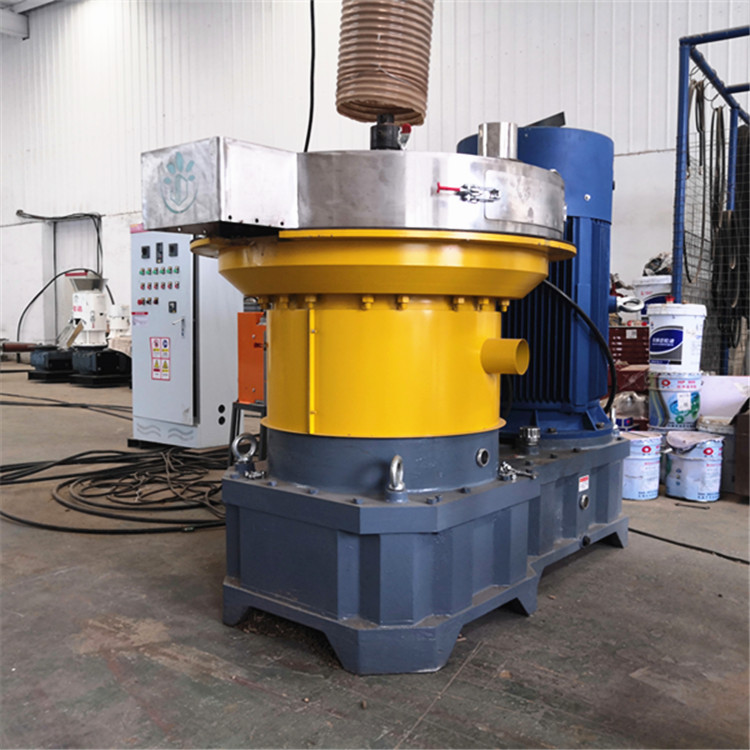Choosing the right wood processing equipment is critical for businesses handling large volumes of raw material, and many buyers ask: Is an automatic feed wood chipper the best choice for efficiency? For sawmills, biomass plants, landscaping companies, and pallet recycling operations, an automatic feed wood chipper offers major advantages in productivity, labor reduction, and consistent output quality.
An automatic feed system uses hydraulic or mechanical rollers to pull logs, branches, wood slabs, or waste wood into the cutting chamber at a controlled speed. This ensures stable feeding, allowing operators to achieve uniform wood chips for biomass fuel, paper pulp, composting, and landscaping applications. Users searching online for “automatic wood chipper machine,” “industrial wood processing equipment,” or “continuous feed wood chipper” are often looking for higher throughput and safer operation compared to manual feed units.
Because the feeding system controls speed and pressure automatically, the machine prevents jams and maintains the ideal cutting load. This significantly lowers labor intensity, reduces the need for constant manual feeding, and improves safety by keeping operators away from moving cutting components. Many systems can process large-diameter logs, thick branches, pallet wood, and bulky wood waste, making them suitable for continuous industrial operation.
In sectors where production output matters, an automatic feed wood chipper helps achieve measurable performance improvements: steady chip size, reduced stoppages, and lower operational costs. With optional upgrades such as conveyor feeding, electric control systems, and diesel or electric power configurations, the machine can be customized for different working environments.
For businesses seeking a reliable, high-efficiency wood chipping solution, an automatic feed wood chipper remains one of the smartest choices for commercial and industrial wood processing.







